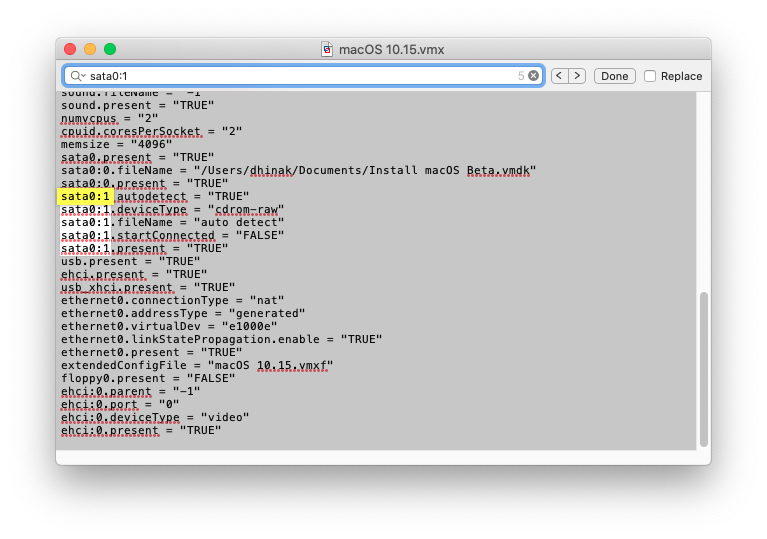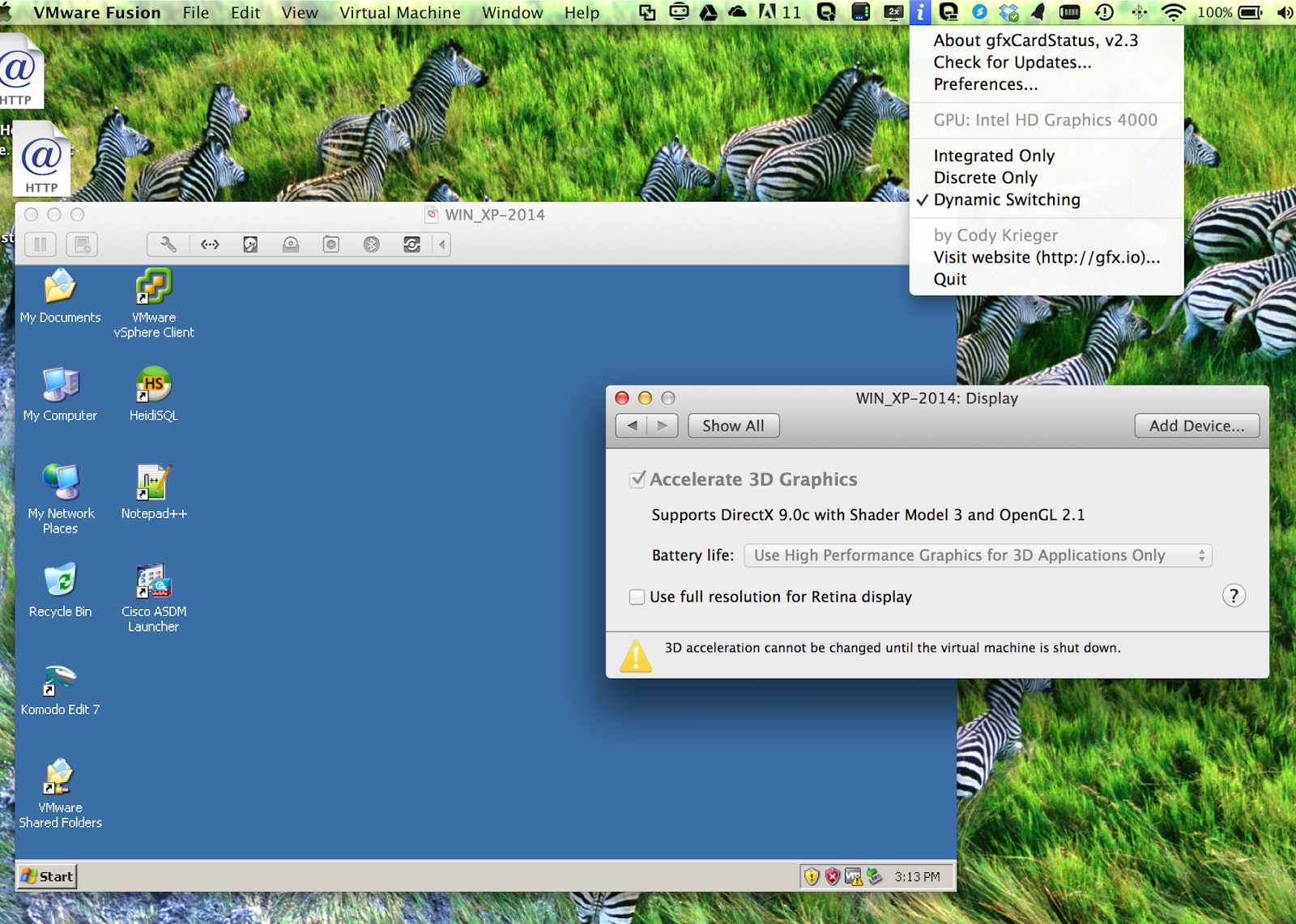

- #VMWARE FUSION 8 SSD SUPPORT MAC OS X#
- #VMWARE FUSION 8 SSD SUPPORT UPDATE#
- #VMWARE FUSION 8 SSD SUPPORT SOFTWARE#
- #VMWARE FUSION 8 SSD SUPPORT MAC#
Update 3: Another tip from Michael Roy (thanks Mike) is to update your VMware Tools to 11. It will only get better from here on once it is officially supported.

To be honest I don’t even have the lines with width and height, but that’s how you can define that for now. vmx file of your VM in order to test this: You have to add the following lines to the. Unless apple steps in here and releases that for earlier macOS versions, it likely isn’t coming to earlier guest OS’s) Guest OS support: minimum of macOS Big Sur as guest OS (earlier macOS versions are missing the GPU paravirtual kernel extension for this – AppleParavirtGPU.kext. Required: minimum of macOS Big Sur as host OS This is not an officially released feature, treat it what it is: Experimental This is the best thing since sliced bread.
#VMWARE FUSION 8 SSD SUPPORT MAC#
… so… next hour or so I was frantically busy installing Big Sur Beta 9 on my 2014 Mac Mini and YES… IT DOES WORK and it is SOOOO SMOOTH Looks like I will update that box to macOS 11 right now.- Wil van Antwerpen OctoIt’s all in the detailsĪlso my host wasn’t running Big Sur yet (I had only run it in a VM) Vmx| I005: AppleGPU: Apple GPU support is not available: requires macOS 11. Ohh… I had not put the svga.present="FALSE" line and now I see what other precondition I missed (silly me)… Today I was poking Michael a bit on twitter and asking about how well Metal works on Big Sur beta 9 and that it is “so hard to wait” and he tells me “but you can try it yourself already”… ? vmx settings from the presentation I got a “Invalid configuration” error (or something along those lines).īut … silly me did not look at the vmware.log file. No matter that it is only supposed to be working in a future version of VMware Fusion 12.0.Īfter adding the. So of course, immediately after the presentation I had to try. Once the feature lands… Who wants to wait? vmx settings in order to get that working. Something to look forward to.ĭuring that same presentation he also showed the. Seeing this on the list of “things to come” was already pretty great. While running a Big Sur macOS guest, he showed “Metal Support” working without a hitch… Now we have been told for years that we cannot get 3D Acceleration in a macOS guest. The presentation was “What’s New with VMware Workstation and VMware Fusion”. The Product manager of VMware Fusion, Michael Roy, had a classic “One More Thing” item in his VMworld presentation. Update: 2019-APR-10: There continues to be quite a bit of interest in this particular blog post, so I put together a YouTube video that walks through this process in both VMware Fusion 8.x and 10.Ok. vmx file and proceed with the installation of the guest OS! You should now see the UEFI firmware screen whenever the VM is powered on. I typically add firmware = “efi” on line 4 of the VMX file. In the text editor, insert the following line of text: firmware = “efi”.Right-click on the *.vmx file and open with your preferred text editor.In the contents of this package are a number of VM-related files and folders.In the Finder window that appeared in the previous step, locate your VM, right-click, and choose Show package contents.
#VMWARE FUSION 8 SSD SUPPORT MAC OS X#
Fusion allows Intel-based Macs to run x86 and x86-64 guest operating systems, such as Microsoft Windows, Linux, NetWare and Solaris as virtual machines simultaneously with Mac OS X as the host operating system using a combination of paravirtualization, emulation and dynamic.
#VMWARE FUSION 8 SSD SUPPORT SOFTWARE#
From the menu bar, select VMware Fusion > Quit VMware Fusion. VMware Fusion is a virtual machine software product developed by VMware for Macintosh computers with Intel processors. I also recommend quitting the VMware Fusion app just to be safe.Ignore the Finder window for now, as we’ll come back to that in the next section. From the Virtual Machine Library window, right-click on the VM and choose Show in Finder.When you power on your VM, the boot screen will look like one of the following screenshots: It’s pretty simple to tell if your VM is running BIOS or UEFI simply by looking at the boot screen. If you’re not sure what the differences are between UEFI and BIOS, How-To-Geek has two great articles that explain how newer UEFI firmware differs from traditional BIOS “ What Is UEFI, and How Is It Different from BIOS?” and “ What You Need to Know About Using UEFI Instead of the BIOS.” I should also point out that this needs to be done before an operating system is installed to the VM.


So, I decided to put this post together to walk you through the process. How is that done in VMware Fusion? Unlike VMware Workstation and ESXi, there’s no GUI-based option to choose EFI over BIOS (at least as of this writing). Let’s say you want to build a new VMware Fusion virtual machine using the newer UEFI firmware instead of the traditional BIOS. Updates were made in VMware Fusion 10 to make it easier to create a UEFI-enabled VM from the GUI. Update: 2018-OCT-01 – This post applies to VMware Fusion version 8.x and older.


 0 kommentar(er)
0 kommentar(er)
